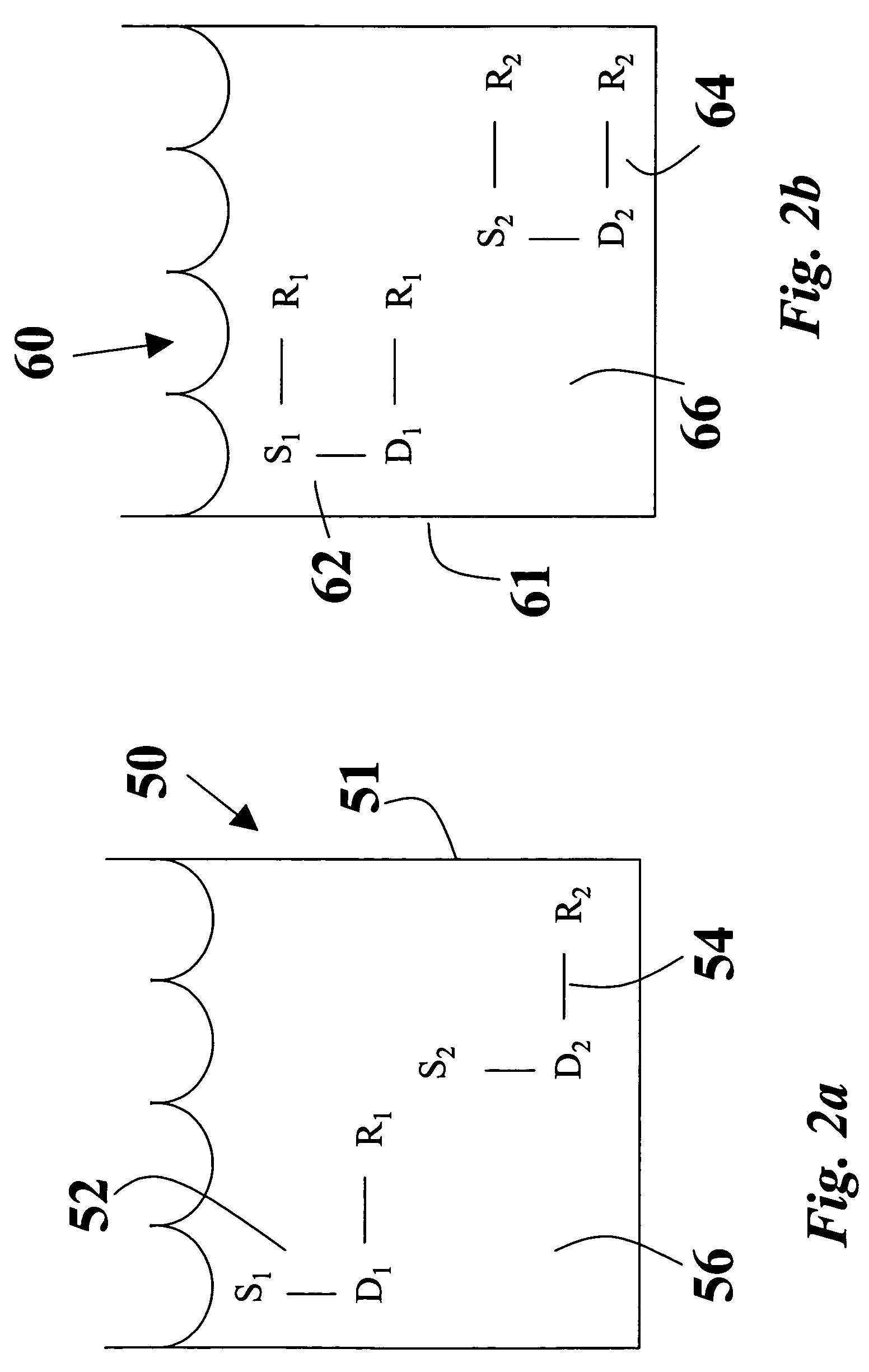Organosol liquid toner including amphipathic copolymeric binder having crosslinkable functionality
a technology of copolymer binder and liquid toner, which is applied in the field of liquid toner compositions, can solve the problems of not being able to achieve the same performance advantage when using higher tg materials, and not being able to achieve the same performance advantag
- Summary
- Abstract
- Description
- Claims
- Application Information
AI Technical Summary
Benefits of technology
Problems solved by technology
Method used
Image
Examples
example 2
[0162]Using the method and apparatus of Example 1, 2561 g of Norpar™ 15, 823 g of LMA, 26 g of DAAM, 26.8 g of 98% HEMA and 8.75 g of V601 were combined and resulting mixture reacted at 70° C. for 16 hours. The mixture was then heated to 90° C. for 1 hour to destroy any residual V601, and then was cooled back to 70° C. To the cooled mixture was then added 13.6 g of 95% DBTDL and 41.1 g of TMI. The TMI was added drop wise over the course of approximately 5 minutes while stirring the reaction mixture. Following the procedure of Example 1, the mixture was reacted at 70° C. for approximately 6 hours at which time the reaction was quantitative. The mixture was then cooled to room temperature. The cooled mixture was a viscous, transparent solution, containing no visible insoluble mater.
[0163]The percent solids of the liquid mixture was determined to be 24.47% using the halogen drying method described above. Subsequent determination of molecular weight was made using the GPC method describ...
example 3
[0164]Using the method and apparatus of Example 1, 2561 g of Norpar™ 15, 823 g of LMA, 26 g of MAA, 26.8 g of 98% HEMA and 8.75 g of V601 were combined and resulting mixture reacted at 70° C. for 16 hours. The mixture was then heated to 90° C. for 1 hour to destroy any residual V601, and then was cooled back to 70° C. To the cooled mixture was then added 13.6 g of 95% DBTDL and 41.1 g of TMI. The TMI was added drop wise over the course of approximately 5 minutes while stirring the reaction mixture. Following the procedure of Example 1, the mixture was reacted at 70° C. for approximately 6 hours at which time the reaction was quantitative. The mixture was then cooled to room temperature. The cooled mixture was viscous, transparent solution, containing no visible insoluble mater.
[0165]The percent solids of the liquid mixture was determined to be 25.10% using the halogen drying method described above. Subsequent determination of molecular weight was made using the GPC method described ...
example 4
[0166]Using the method and apparatus of Example 1, 2561 g of Norpar™ 15, 796 g of LMA, 53 g of GMA, 26.8 g of 98% HEMA and 8.75 g of V601 were combined and resulting mixture reacted at 70° C. for 16 hours. The mixture was then heated to 90° C. for 1 hour to destroy any residual V601, and then was cooled back to 70° C. To the cooled mixture was then added 13.6 g of 95% DBTDL and 41.1 g of TMI. The TMI was added drop wise over the course of approximately 5 minutes while stirring the reaction mixture. Following the procedure of Example 1, the mixture was reacted at 70° C. for approximately 6 hours at which time the reaction was quantitative. The mixture was then cooled to room temperature. The cooled mixture was viscous, transparent solution, containing no visible insoluble matter.
[0167]The percent solids of the liquid mixture was determined to be 25.85% using the halogen drying method described above. Subsequent determination of molecular weight was made using the GPC method described...
PUM
 Login to View More
Login to View More Abstract
Description
Claims
Application Information
 Login to View More
Login to View More - R&D
- Intellectual Property
- Life Sciences
- Materials
- Tech Scout
- Unparalleled Data Quality
- Higher Quality Content
- 60% Fewer Hallucinations
Browse by: Latest US Patents, China's latest patents, Technical Efficacy Thesaurus, Application Domain, Technology Topic, Popular Technical Reports.
© 2025 PatSnap. All rights reserved.Legal|Privacy policy|Modern Slavery Act Transparency Statement|Sitemap|About US| Contact US: help@patsnap.com



